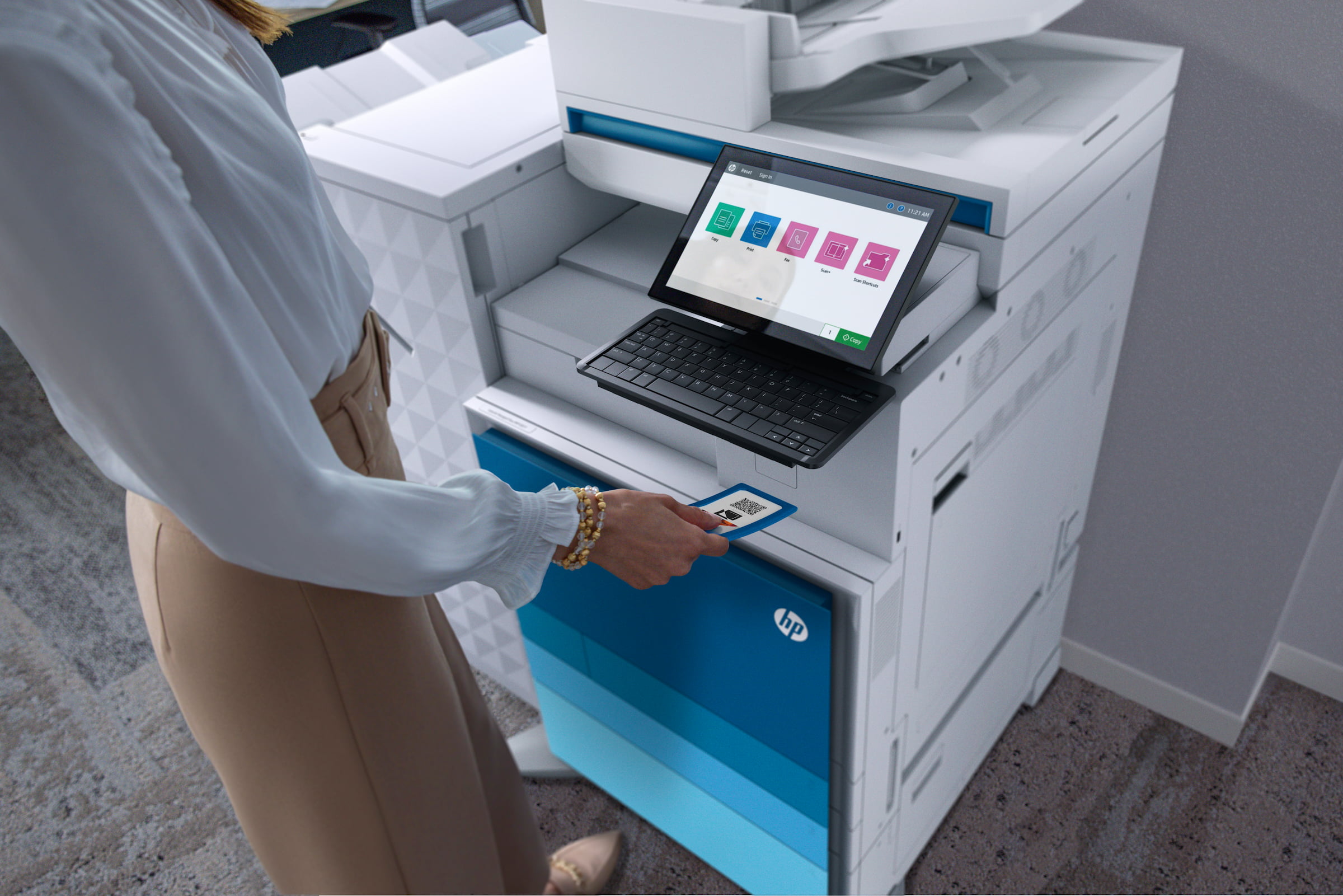
End of Life (EOL) Windows 10
Free security updates for Windows 10 end on 14th October 2025. If you don’t yet have a plan in place for Windows 11, you are behind, you need to catch up, and you don’t have much time left before device shortages stop you from upgrading at all.
The longer you put off upgrading, the more likely it is that your business will be without free security updates for an indeterminate amount of time. Also, the costs of updating your Windows 10 security after the deadline will only climb, making it more expensive for you to safely access the many benefits of hybrid working. Not sure where to start? Talk to us now about the smoothest transition to Windows 11.
End of Support for Windows 10 - What does it mean?
So what does the end of Windows 10 support mean to you?
Though Windows 11 has existed since 5th October 2021, Microsoft has kept Windows 10 devices continuously updated with free security patches. However, Windows 10 support is due to come to an end later this year – so if you’re still using it after the cut-off date, your devices will be more vulnerable to modern cyberattacks than if you were running Windows 11.
Also note that the adoption rate of Windows 11 has been growing as of February 2025 – and will only pick up speed as the deadline draws closer, which means high demand on new devices. To ensure you’re not left behind with unsecured, substandard tech until stocks replenish, it’s hugely important to get your transition started ASAP.

When is Windows 10 end of life?
The EOL date for Windows 10, 14th October 2025, may seem like a long way off. However, with demand for Windows 11-compatible devices already picking up speed, it’s critical to get your switchover in place now; especially if you’re part of a large organisation.
Delaying your upgrade to Windows 11 not only puts your competitive edge at risk - it also means you have potential thousands of unprotected devices, with each one representing a possible entryway to your business-critical networks.
Why does Windows 10 EOL matter?
While your devices will stop receiving ongoing security patches after the EOL date for Windows 10, arranging support won’t be impossible, but it will be expensive. A year’s worth of extended cover is available on a cost-per-PC subscription – already quite a considerable expense for even corporations to consider – but this price will double for a second year, and double again for a third.
By aligning with an experienced supplier now, the chances of a delayed transition are essentially negated. This is because they will have access to the expertise to account for all kinds of potential pitfalls, and offer solutions to deal with them effectively: ensuring a smooth, functional transition, the first time.
What You Should Do Now
So what are your options, moving forward?
This is not advisable for multiple reasons. Since prolonging Windows 10 means you won’t have access to the productivity tools of Windows 11, the cumulative cost per-PC is simply not worth it – especially since without these tools, your employees will have to work harder to maintain your competitive edge.
This could even have a knock-on effect on your staff retention rates, since substandard workplace tech is a common reason for workers to consider seeking opportunities elsewhere.That means not upgrading to Windows 11 may actually generate avoidable adjacent costs elsewhere, not to mention the reputational damage that would come from the inevitable shortfalls in productivity.
Depending on how recently you last updated your workplace IT, your devices may already be compatible with Windows 11. To book a free Windows 11 Readiness Assessment, book your free assessment NOW.
If your existing devices are already suitable for Windows 11, you can update them for free - but since we want to keep your productivity high and your costs under control, we’ll suggest you bring them under a cost-efficient support plan. This allows you to benefit from on-demand access to our UK-based helpdesk, but at a regular fixed operational expense.
If your existing devices aren’t suitable for Windows 11, it’s time to upgrade: and the most reliable, cost-efficient way to do this is through Device-as-a-Service. The DaaS approach ensures that you’re getting the most fit-for-purpose Windows 11 devices possible, but with the additional safety net provided by our industry-leading Service Excellence.
As a DaaS customer, you can have your new Windows 11 devices preconfigured on your behalf, so that they arrive ready-to-use – minimising disruption to your operations, and allowing you to access the benefits of Windows 11 all the sooner. All DaaS devices also fall under the care of our support team, giving you a convenient and accountable point of contact in case of technical difficulties, maximising your uptime and staff productivity. Contact us about DaaS now!EOL Support with Apogee

Windows 11 Resources
Learn more with our Windows 11 transition FAQ pages:
Getting Ready for Windows 11
Windows 11 Features
How to Upgrade to Windows 11
Windows 10 vs Windows 11
Windows 11 Versions
Talk to us now about starting your smoothest transition to Windows 11!
Contact Us Today!








































